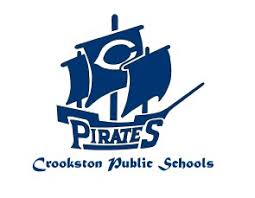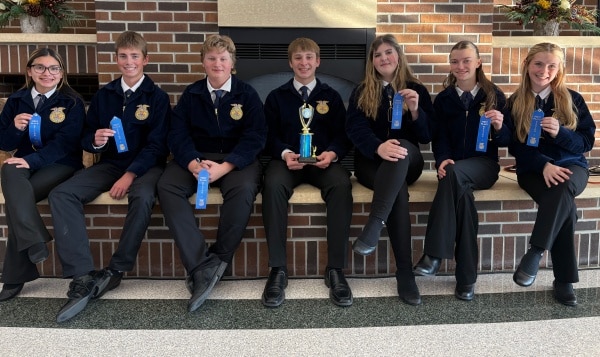The Minnesota Department of Health on Thursday released updated 14-day case rate numbers. For the first time this year, Polk County has exceeded more than 20 cases per 10,000 residents over that period. Minnesota’s Safe Learning Model suggests a hybrid learning model for all students when a county’s cases are between 20-30 per 10,000 over a 14-day timeframe.
Crookston Superintendent Jeremy Olson said there is more that is being taken into account than just the basic case rate and that the district won’t rush into a model change. “At this point, we are not looking at a model change just given these numbers,” said Olson. “That’s not to say that can’t change in the future. We’re obviously, going to be looking at these numbers closely. Moving up to 24.69 puts us into what is traditionally called model three territory. If that is sustained and continues, that will necessitate a model change subject to board approval. We know from other data that we’re probably going to see another high number next week as well, but after that, we just don’t know.”
Olson explained that while the case rate starts a conversation about model change, the district will review other data as well with Public Health before making a change. “What starts a conversation about a model change trend of data,” said Olson. “That’s based on the model suggested, between 20 and 30 is model three territory. Then, we also look at the demographics. Where are the cases happening, in this case, what age category are the cases happening in? The case numbers show the numbers are not rising quickly in school-age children. And then, we’re also looking at Crookston specific versus our entire county. The 24.69 is our county number, but then we can start look at is that affecting Crookston differently than the rest of the county and make some decisions based on our local Crookston number as well.”
WHAT A CHANGE TO MODEL THREE MEANS
If Crookston Public Schools do have to make a model change in the coming weeks, it would likely look a little bit different then what first pops to mind. Olson said how hybrid affects the school is based on the size of the room relative to the number of students in the class. “We should’ve labeled it differently,” said Olson. “When the state came out and said hybrid, the instantaneous model that comes to people’s minds is an every other day model. That’s not actually what hybrid means. If you look at the definition, it means limited capacity. There is a fire-rated capacity for each building, and it’s half the rated capacity for each room. So, if you take that number as the maximum number, then you also have to ensure six feet of social distancing for all the occupants of the room, and that becomes your real number. Let’s say your fire marshal number is 40, so half of that is 20, but with six feet of social distancing, you can only get 17. Your number now is 17 under a model three situation.”
A change to an elementary hybrid model would still have most younger students attending school in-person every day, explained Olson. “We are looking at PreK-4th grade being here every day because we think we can get the spacing that’s necessary there,” said Olson. “Grades 5-6 would go to a hybrid schedule of every other day because that’s what we need to do from a capacity standpoint. We are in the process of double-checking those numbers. This summer, we went through and established capacity numbers, but we’re working with our teachers to make sure those numbers that were established are the correct numbers. In model three, there would be some switches and changes needed logistically within our elementary schools to make sure that happens.”
The goal, according to Olson, is to support Crookston’s younger students with as much face-to-face instruction as possible. “We do need to support our littlest learners that are learning to read and do the math,” said Olson. “There are a lot of pieces that are hard to convey, especially to our youngest students, in a distance learning model. We are looking at trying to support them everyday in-person PreK-4.”




